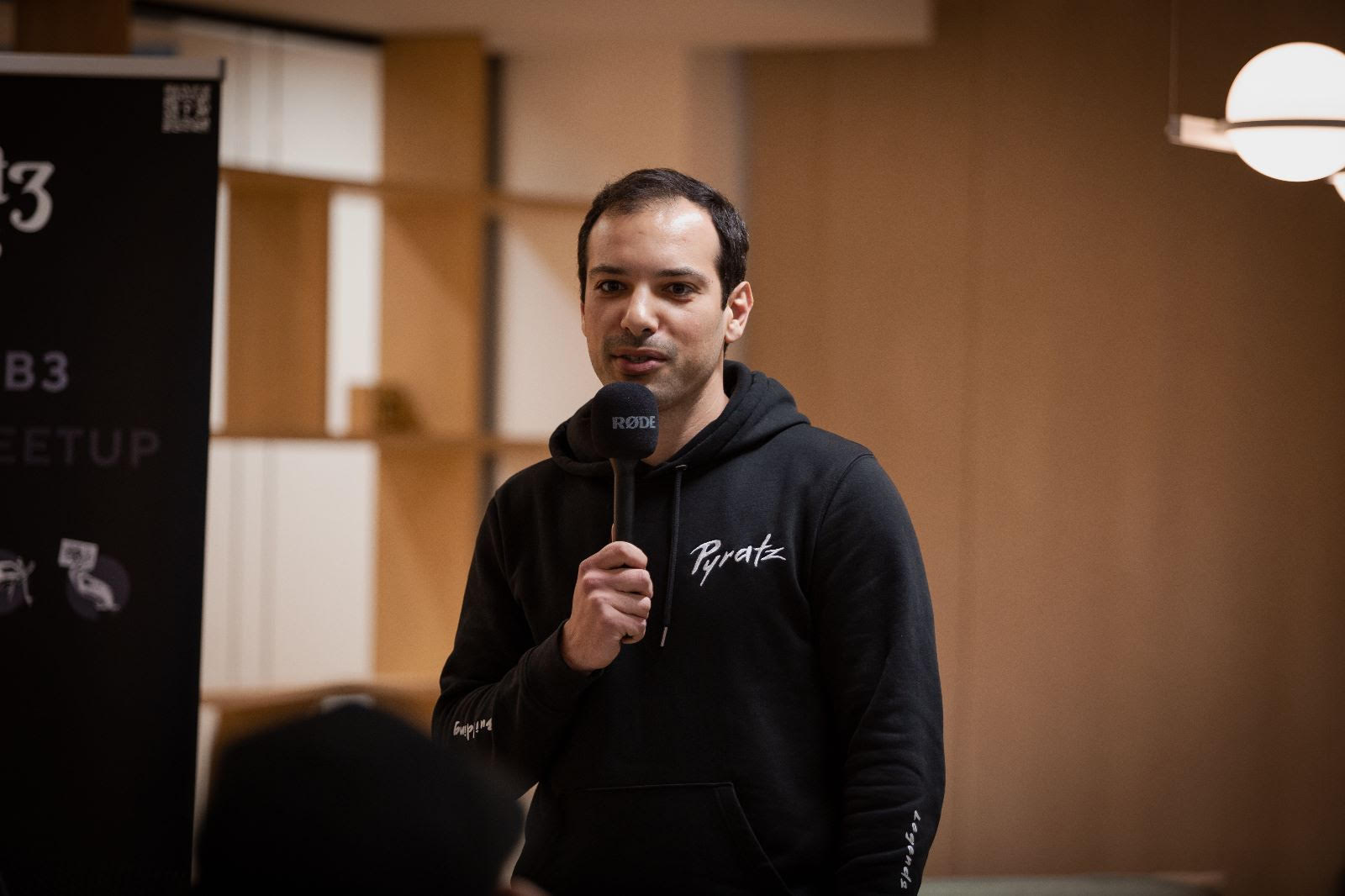• To encourage greater use of blockchain platforms, major players in the ecosystem, like the Ethereum Foundation, are seeking to simplify access to their technologies.
• However, there will be no expansion of blockchain usage without the increased participation of major brands and companies, who employ NFTs to improve their customer relations without relying on platforms.
What on earth is ERC-4337? The military sounding acronym is in fact a new standard that aims to make blockchain technology more secure and accessible to the general public. Announced by the Ethereum Foundation earlier this month, the update of amounts to “a major step forward for the adoption of cryptocurrencies by a freshly converted public”, points out the Journal du Coin. It is also good news for the wider sector, because although blockchain technologies are highly successful, they remain little known and often inaccessible to the general public. Then there is a further problem of trust: “the collapse of FTX accelerated the widely reported implosion of a speculative bubble, which significantly undermined confidence”, explains Michael Amar, the president of Paris Blockchain Week, a major event in the sector that is set to run in Paris from 20 to 24 March. Having said that, he also adds “the inevitable use of cryptocurrencies will attract growing numbers from younger generations”. The company Triple A estimates that there are already more than 420 million cryptocurrency users around the world.
For its part, the use of blockchain technology will likely be driven by the metaverse and NFTs. “Within five years, NFTs may well be used for all concert and match tickets. Such a move could resolve major problems because it would allow for the tracing of buyers, the verification of ticket authenticity, and ticket sellers would have the option of offering additional experiences to their customers”, points out Michael Amar. Loyalty programmes could also benefit from implementation via digital wallets. However, the small world of blockchain has yet to see these technologies adopted by the general public. If they are to gain in popularity, major brands and companies will have to embrace these blockchain uses. “We can’t keep working in silos. We will need to encourage and educate major corporations and Internet giants to help them integrate these technologies. »
Brands want to take control of their customer relations which have been disintermediated by platforms
Going beyond “proof of concept”
For Bilal El Alamy, the co-founder and executive chairman of PyratzLabs, a start-up studio specialised in Web3, “one objective for 2023 is to encourage major corporations to go beyond simple “proofs of concept” in the field of blockchain, and to offer specific uses to longstanding customers, as the PMU [the French state-controlled betting system] has done with Stables”, an NFT-based horse racing game. The idea is to convince more brands to integrate digital assets in blockchains, notably with a view to facilitating and improving their customer relations. “The drive to improve user experience is critical. Since the beginning of this year, I have seen companies develop new tools, for example to facilitate the recovery of private keys or to limit the number of stages involved in the adoption of these technologies, whose impact has been game-changing”.
Liberating brands from their dependence on platforms
“It is difficult to see how users alone can bring about the wider adoption of more blockchain functionalities”, points out Frédéric Montagnon, the president of Arianee, a company that helps brands to improve their customer relations with NFTs. “The reality is that brands want to take control of their customer relations which have been disintermediated by the platforms. It’s vitally important for marketing.” NFTs fulfil this need by creating and verifiable and traceable guarantees for certain products, or digital passports for certain objects, or even digital copies. “So we are developing solutions that enable brands to create NFTs for their products, which can be used, for example, for luxury watches. If a watch is sold on a secondary market, the seller can pass on the associated NFT, which will enable the brand to enter into a relationship with a customer who may never have set foot in one of their stores.” The goal is to create unobstructed channels between brands and consumers, which are respectful of data privacy. For Frédéric Montagnon, digital sovereignty is the key issue: “It is a matter of returning to a more community-based version of the Internet, which is less dependent on platforms. As it stands today, our data is not really our data, and Web3 is primarily a movement that aims to make use of digital assets to restore sovereignty to users.”
 Michael Amar
Michael Amar
 Bilal El Alamy
Bilal El Alamy
 Frédéric Montagnon
Frédéric Montagnon




